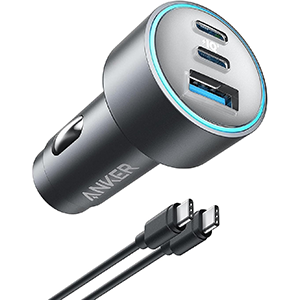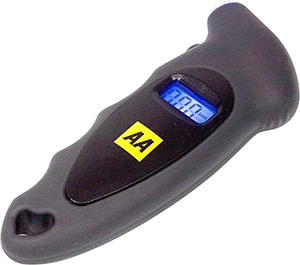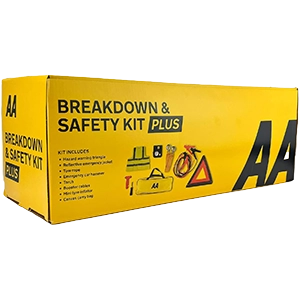The British countryside is renowned for its unique charm and beauty; a place where drivers can escape into a landscape of rolling hills, meandering lanes, and picturesque villages.
These stunning scenic country roads can present unique challenges for drivers more accustomed to urban areas. Narrow lanes bordered by high hedgerows, alarmingly steep gradients, and blind corners are just a few of the obstacles drivers must learn to navigate with confidence and care.
Safe driving in the British countryside requires preparation, patience, and an understanding of the environment and local cultures. Unlike the more predictable flow of motorways or urban streets with clear rules and signage, rural routes are shared by tractors, cyclists, and often wildlife, demanding greater situational awareness at all times. Factor in the unpredictable weather that we’re well accustomed to in Britain, and it becomes clear that countryside driving calls for taking extra precaution.

This article covers essential tips for navigating the countryside safely. From anticipating oncoming vehicles on narrow lanes to preparing for steep inclines and unpredictable road conditions, this guide will help you stay ahead of the challenges so you can enjoy a stress-free journey while soaking in the idyllic views.
- Understanding the Challenges of Rural Roads
- Navigating Narrow Lanes Safely
- Preparing for Rolling Hills and Steep Gradients
- Dealing with Weather and Road Conditions
- Sharing the Road with Wildlife and Livestock
- Staying Safe in Remote Areas
- Essential Vehicle Maintenance for Rural Driving
- Enhancing Your Countryside Driving Skills
- Safe Travels!
Understanding the Challenges of Rural Roads
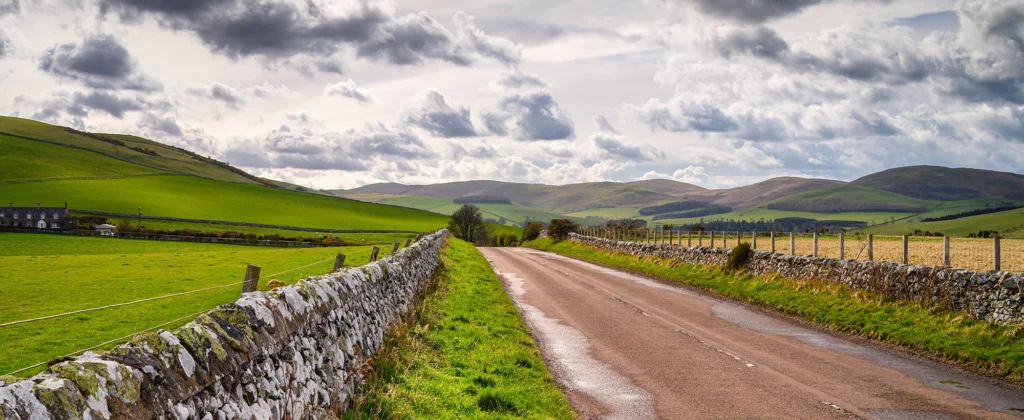
Rural roads hold a unique charm, but their design often reflects centuries-old travel patterns rather than the needs of modern drivers and vehicles. Adapting to these challenges involves preparing for the unexpected, consideration for other road users, and the readiness to slow down at a moment’s notice.
Narrow Lanes
A well-known feature of the British countryside is the narrowness of the lanes, which often feel like a single-track path hemmed in by tall hedgerows or stone walls. This leaves little room for manoeuvring when faced with oncoming traffic, meaning drivers must be adept at reversing or pulling into passing places. Visibility is often compromised by sharp bends and blind corners– approach at low speed and leave plenty of room for oncoming traffic.
Uneven Surfaces
Uneven road surfaces also play a significant role. While picturesque, rural roads are not always well-maintained, with potholes, loose gravel, or flooding posing potential hazards. Drivers need to be mindful of these conditions, especially after heavy rain, when mud and debris from nearby fields may make surfaces slippery or obstruct lanes altogether.
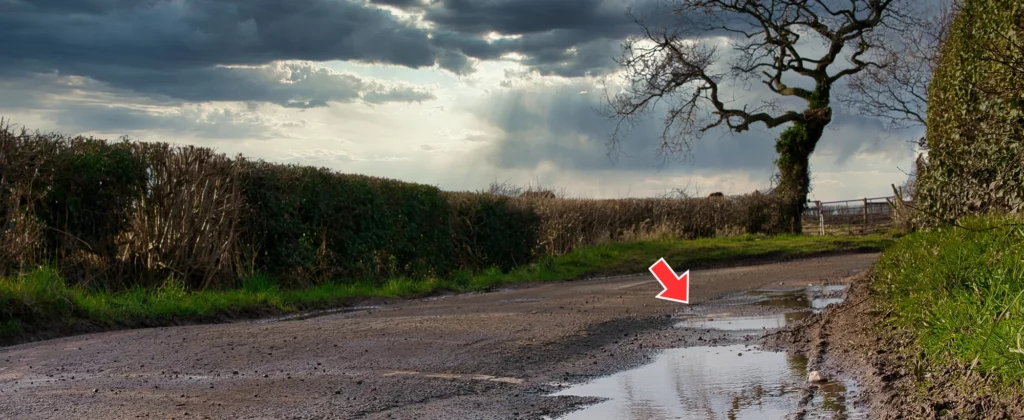
Other Road Users
Adding to these challenges are the shared nature of these roads. Whether it’s a slow-moving tractor during harvest season, a cyclist winding through the hills, or a family of walkers enjoying a Sunday stroll, drivers must respect all road users. Patience becomes as crucial as skill, especially when faced with an unpredictable element: wildlife. Animals like deer or pheasants can dart across the road without warning, often at dawn or dusk, demanding extra vigilance during these hours.
Navigating Narrow Lanes Safely
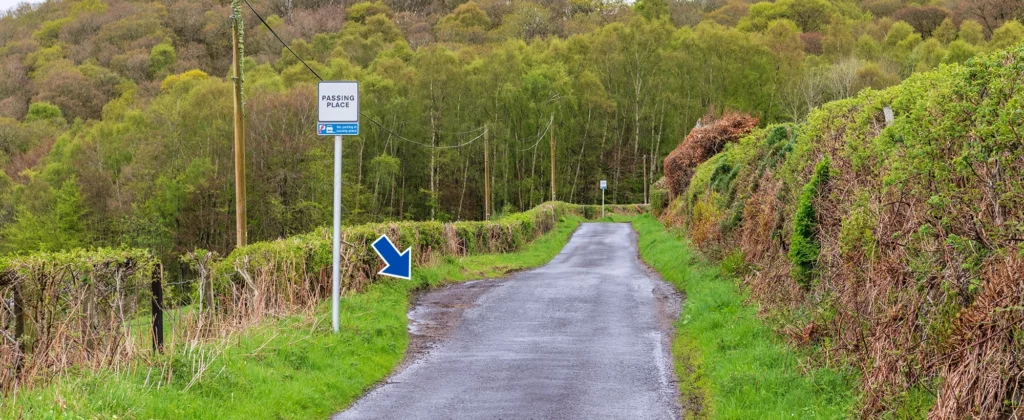
The countryside’s narrow lanes might appear quaint, but their limitations demand a strategic and steady approach. For those unfamiliar with single-track roads, the experience can feel daunting, but careful preparation can make it manageable.
Adjusting Your Speed
Choosing the right speed for the road is essential. On lanes that are just about wide enough for a single vehicle, reduced speeds allow for quicker reactions to sudden changes, such as oncoming cars, sharp bends, or a stray animals. Aim to maintain a pace that gives you plenty of time to stop safely in unexpected situations, typically between 5 and 10 mph.
Passing Places
Passing places are a lifeline on these roads and knowing how to use them effectively is key. If you spot an approaching vehicle, assess whether the nearest passing place is ahead of or behind you. If it’s behind, reversing carefully may be necessary. This isn’t a skill many urban drivers use regularly, so practising it beforehand can boost confidence. Be aware of your surroundings, such as cyclists or walkers who might also need to pass through.
Corners on narrow roads often come with limited visibility, and it’s wise to treat every bend as if another vehicle is just out of sight. Staying as far left as possible without damaging your tyres on the verge can create enough clearance to avoid potential collisions. On especially tight or blind corners, consider using your horn lightly to alert others to your presence.
Respect and Courtesy on Rural Roads
Beyond the practical aspects, courtesy on these lanes is equally important. A nod or wave to acknowledge a driver’s effort to reverse into a passing spot creates a sense of shared respect on these roads. Slowing down and giving ample space to walkers or horse riders (horses can startle easily) when overtaking ensures a safer and more pleasant journey for everyone.
With the right mindset and a patient approach, navigating narrow lanes can become a rewarding part of your countryside journey rather than a source of stress.
Preparing for Rolling Hills and Steep Gradients
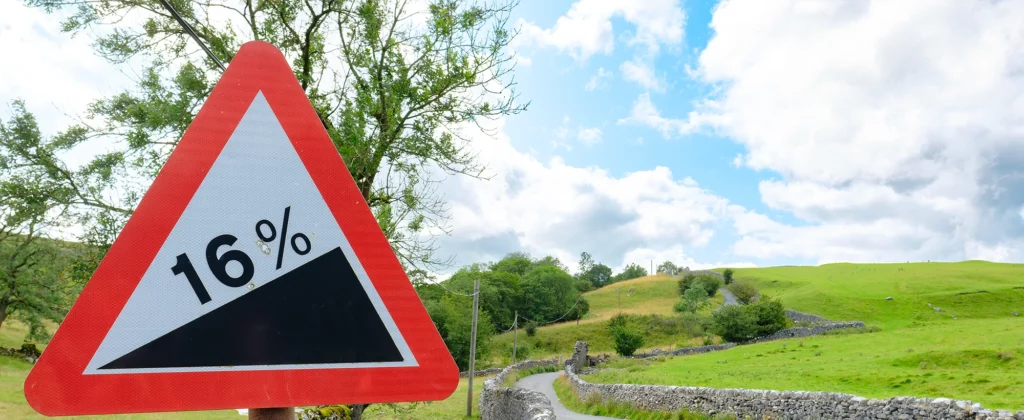
The undulating hills of the British countryside may be breathtaking, but they present unique challenges for drivers, especially those unfamiliar with handling steep inclines or descents that are much less common in most cities. Successfully navigating these terrains requires a blend of technical know-how and foresight.
Inclines and Declines
When approaching a steep incline, maintaining momentum in the right gear is key. Gradually accelerate before reaching the hill to ensure your car has enough power to climb and maintain a constant speed. In manual vehicles, shifting to a lower gear early on provides better control and prevents stalling, especially on prolonged climbs. If driving an automatic, make use of the vehicle’s manual mode or hill-assist features to ensure a safe and steady climb.
On descents, the opposite principle applies. Relying too heavily on brakes can cause them to overheat and lose efficiency, particularly on longer downhill stretches. Instead, shift into a lower gear to utilise engine braking. This approach reduces strain on your braking system while giving you more precise control over your speed.
Brakes, Tyres, Clutch
Before you set off on a long road trip, be sure to check your vehicle’s brakes, tyres, and clutch, as these components are heavily relied upon during hilly drives. Before embarking on a countryside journey, ensure your car is in optimal condition to handle steep gradients safely.
Large Vehicle Hazards
Finally, when driving in hilly areas, anticipate that slower and heavier vehicles, such as tractors, coaches, or heavily loaded lorries, may struggle with inclines. Be patient and give way to these larger vehicles that are less easy to manoeuvre. Only overtake when you have a clear view of the road ahead and ample space to manoeuvre safely, and maintain a safe distance if you’re unsure of the other vehicles intentions.
Dealing with Weather and Road Conditions
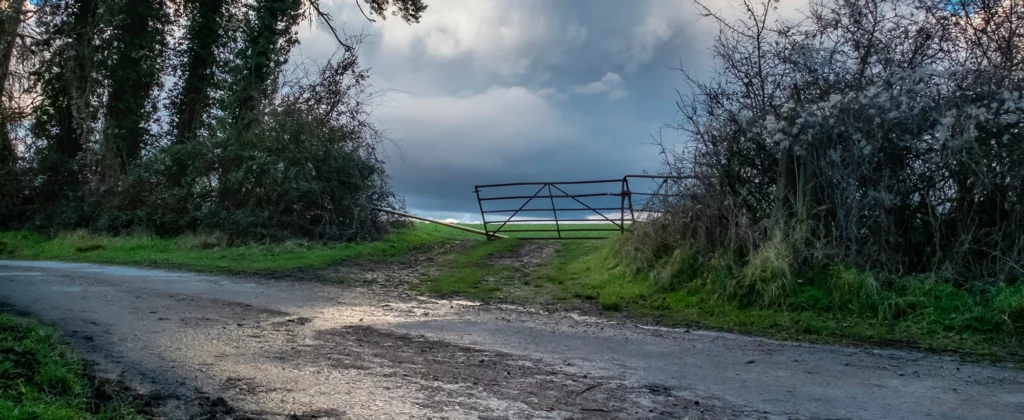
The British countryside is as famous for its unpredictable weather as it is for its scenic beauty. Rain, fog, ice, and even sudden downpours can transform rural roads into treacherous terrain, making adaptability and extra caution critical for safe driving.
How Weather Affects Rural Roads
In rainy conditions, standing water and slippery surfaces are the most common hazards. Puddles can conceal potholes or uneven surfaces, so approach them cautiously and avoid braking sharply if hydroplaning occurs. Instead, ease off the accelerator and steer gently to regain control.
💡 Rural roads are less frequently maintained than city streets, allowing rainwater to collect in dips and ruts, gradually worsening potholes over time
Low Visibility Conditions
Fog, another frequent challenge in rural areas, dramatically reduces visibility when you need it most. Switch on your front and rear fog lights if conditions worsen, and reduce your speed to allow more reaction time. Keep a safe distance from the vehicle in front and resist the temptation to use high beams, as they can reflect off the fog and reduce visibility further.
Winter Weather Conditions
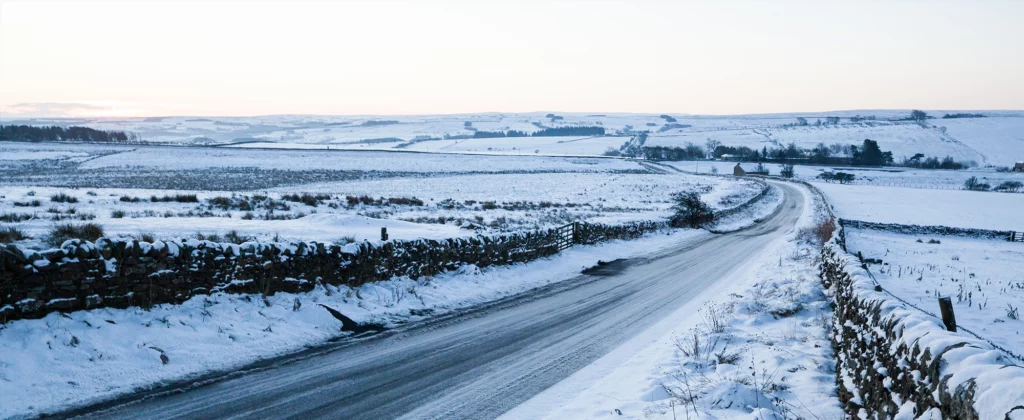
Winter conditions bring their own set of difficulties, particularly ice and snow on untreated rural roads. Drive at lower speeds, avoid sudden sharp movements, and use a low gear to reduce the risk of wheel spin. Before setting off, check your tyres for winter readiness and consider carrying a de-icer and snow shovel in your vehicle.
Other Seasonal Hazards
Mud from nearby fields and debris from fallen branches are year-round hazards. These can make roads slippery, especially after heavy rain or during harvest season. Keep an eye out for muddy tracks and hidden potholes, particularly near farm entrances, and keep your speed low to better anticipate hazards.
It is wise to carry essentials such as a torch, blankets, and water in case of delays caused by adverse conditions. With the right mindset and gear, you’ll be ready to face whatever the countryside throws your way.
Stay safe on the road this winter with the AA Emergency Winter Kit. Includes a snow shovel, de-icer, thermal blanket, and more for ultimate preparedness in freezing conditions.
Sharing the Road with Wildlife and Livestock
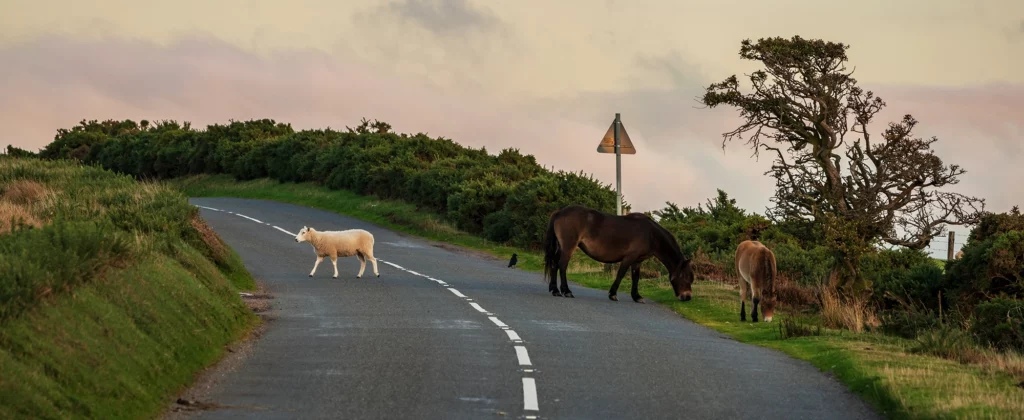
The tranquillity of rural roads often comes with an added surprise: unexpected encounters with wildlife and livestock. Sightings of animals can be as delightful or alarming, especially when drivers are unprepared for animals appearing on the road.
Wildlife, such as deer, badgers, or pheasants, are most active at dawn and dusk when when visibility is naturally reduced. If you’re driving during these hours, reduce your speed and scan the roadside for movement. Should an animal appear in your path, avoid swerving abruptly, as this increases the risk veering off the road or into oncoming traffic. Instead, brake firmly and keep to your lane, allowing the animals chance to pass safely.
In farming regions, it’s common to encounter livestock crossings or herds being moved along the road. When faced with cattle or sheep, stop at a safe distance and follow any signals from the farmer or shepherd. Livestock can be unpredictable, so exercise patience and wait until the animals have cleared the road completely before proceeding.

Even smaller animals, such as rabbits or hedgehogs, can cause accidents if drivers react too suddenly. While it’s natural to want to avoid harming wildlife, prioritise the safety of yourself and other road users by maintaining control of your vehicle. Pay attention to wildlife warning signs along the road, and be prepared for sudden animal crossings even if the road seems quiet.
Sharing the road with wildlife and livestock is an integral part of countryside driving. By staying alert and exercising patience, you can ensure these encounters are managed safely and respectfully, preserving the harmony of rural life.
Staying Safe in Remote Areas
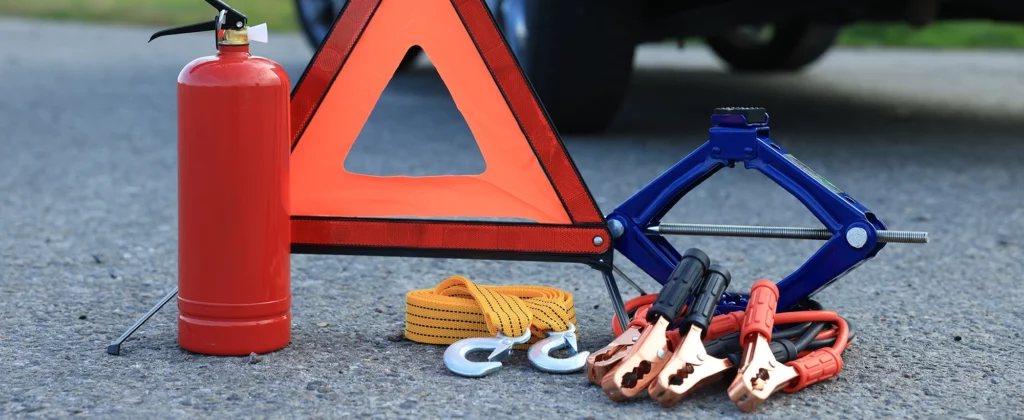
While rural drives are often smooth, occasional mobile signal ‘not-spots’, fewer service stations, and long stretches between villages mean preparedness is key.
Prepare for Gaps in Mobile Signal
Make sure you have a reliable navigation system and keep your phone well charged. While GPS devices and smartphone apps are indispensable, they can fail in remote areas with poor signal. Download offline maps or carry physical maps of the areas you’ll be travelling in. Planning your route in advance and informing someone of your itinerary can also provide peace of mind, particularly for longer journeys.
Health and Safety Essentials
Pack an emergency kit suited for rural travel. Essentials include a reliable car charging kit, charging cables, a power bank, a first aid kit, a torch with spare batteries, and high-visibility jackets. In winter or unpredictable weather, add blankets, extra water, and non-perishable snacks to your kit. These supplies can be a lifesaver if you experience a breakdown far from help.
Experience powerful triple device charging with a 67W output across two USB-C ports and one USB-A port. The ultra-compact Anker 535 Car Charger, equipped with ActiveShield 2.0 safety, includes a 3.2 ft USB-C cable
Fuel Management
When driving in remote areas, fuel management becomes critical. Fill your tank before venturing into the countryside for a long drive, as petrol stations can be few and far between. If your vehicle has a reserve fuel indicator, familiarise yourself with how far you can travel once it’s triggered. Avoid letting your fuel tank fall below 1/4 or 100 miles of range to ensure you always have a safe buffer.
Navigating Without Signal (Dead Reckoning)
Try to always stay aware of your surroundings and keep track of key landmarks along your route. Sailors use ‘dead reckoning’ to navigate without GPS, and the same principle can help on rural roads. In rural areas, landmarks or distinctive features can help you retrace your route if you lose internet connectivity. Taking a mental note of petrol stations, hotels, and pubs can also be useful in case you need fuel, accommodation, or assistance along the way.
Essential Vehicle Maintenance for Rural Driving

Rural driving demands more from your vehicle than city or motorway travel, so proper maintenance is a top priority. A reliable vehicle in good condition is your first line of defence against breakdowns and ensures you can focus on enjoying your countryside adventure without unwanted stress.
Tyres
Before setting off, ensure your tyres are inflated to your vehicle’s recommended pressure (check the manual or doorframe sticker). Under-inflated tyres increase fuel consumption and reduce grip on uneven rural roads– think potholed lanes in the Peak District or gravel tracks in the Lake District. Adequate tread depth essential for handling uneven surfaces, gravel, and muddy tracks. If you’re planning to drive in winter, consider switching to all-season or winter tyres for better grip on icy roads.
This easy-to-use tire gauge features an ergonomic handle and backlit LCD screen, with PSI/BAR settings up to 100PSI/6.55BAR. Conveniently small, it fits in your glovebox, door pocket, or center console. Economical with an automatic shut-off after 30-90 seconds, its nozzle ensures accurate measurement.
Brakes and Suspension
Your vehicle’s brakes and suspension also play a critical role in countryside driving. Ensure brakes are responsive and free from wear, as they’ll be relied upon heavily on steep gradients and in unpredictable conditions. Likewise, your suspension should be in good condition to absorb the impact of potholes and rough terrain.
Lights and Mirrors
Regularly inspect your lights and mirrors. Clean your headlights, brake lights, and indicators to maximise visibility in foggy or low-light conditions, and check your mirrors for any damage that could impair your awareness.
Fluid Checks
Carry out fluid checks before embarking on a rural drive. Top up your windscreen washer fluid, coolant, and oil levels, as these are crucial for long journeys. If your vehicle uses AdBlue or other additives, ensure there’s enough for your trip.
Essential Tools
Finally, equip your car with basic tools such as a jack, tyre inflator, and spare wheel. These can help you address minor issues without waiting for roadside assistance, which may take longer to reach remote areas.
Stay prepared for roadside emergencies with this compact kit, including a warning triangle, reflective jacket, booster cables, tow rope, torch, emergency hammer, mini tyre inflator, and a durable carry bag.
Enhancing Your Countryside Driving Skills
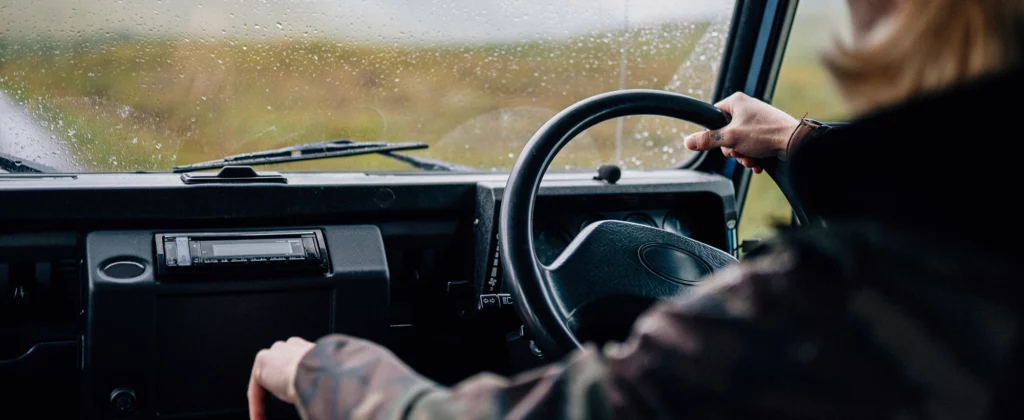
Driving in the countryside requires a specific set of skills that differ from those used in urban or motorway environments. While experience is the best teacher, there are practical ways to sharpen your abilities and boost confidence before diving in.
Consider enrolling in an advanced driving course focused on rural or defensive driving techniques. These courses often cover practical skills like reversing on narrow lanes, managing steep gradients, and safely navigating blind corners. They also teach techniques for handling emergencies, such as recovering from skids on wet or icy roads.
Practice makes perfect, so take time to familiarise yourself with common countryside scenarios. Visit quieter rural areas to practise manoeuvres like reversing into passing places or making tight turns. If you’re new to driving on single-track roads, these low-pressure settings are ideal for building confidence.
Learning to anticipate and adapt is crucial for countryside driving. Keep an eye on the road ahead for subtle clues, such as tyre tracks indicating oncoming vehicles or wildlife movement in the hedgerows. With practice, this awareness becomes second nature, helping you react smoothly and confidently.
💡 Patience and mindfulness are key attributes of skilled countryside drivers. Rural driving often requires you to slow down, wait for others, and share the road respectfully.
Safe Travels!
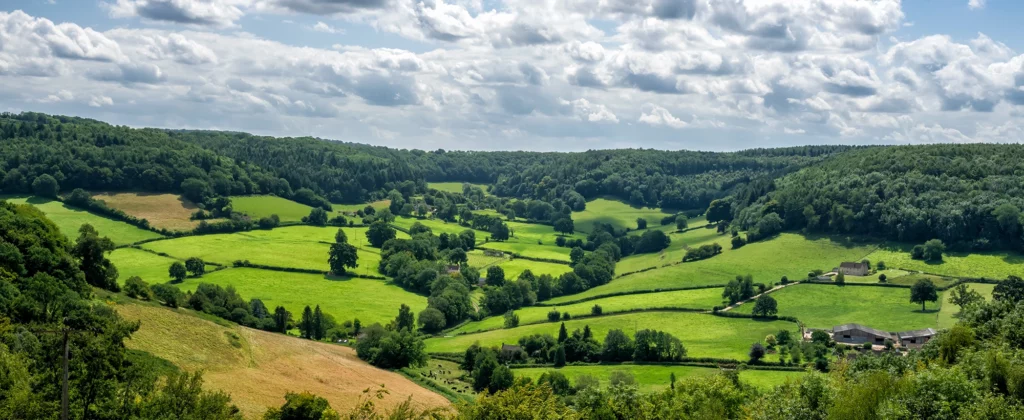
Driving in the British countryside is always a great getaway experience, with many stunning sights to discover and challenges to navigate. With a better understanding of the quirks of rural roads, a well-maintained vehicle, and the ability to anticipate hazards, you’ll be better prepared to drive with confidence. Remember to stay patient, pay close attention to your surroundings, and respect other road users, whether tractors, wildlife, or walkers. We hope this guide has helped you to feel more prepared for your next road trip adventure. Stay safe and enjoy the ride!
Make your trips more memorable. Record them with Velocity GPS Dashboard.
Learn more about Velocity GPS Dashboard and download on Google Play:

